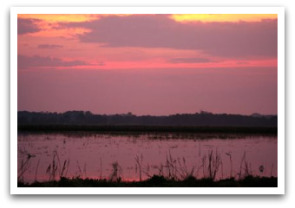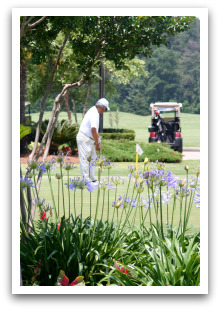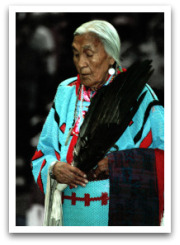 On the western edge of the "Cajun Prairie," Allen Parish is a diverse blend of cultures, including Southern Baptist, Catholic Cajun-French and Native American. The flat landscape is largely rural, with a scattering of small towns. The largestis Oakdale in the northern part of the parish, with a populationof 8,000. To the south, along US Highway 165, are the agricultural towns of Oberlin (the Parish seat) and Kinder, each with less than 2,500 residents.
On the western edge of the "Cajun Prairie," Allen Parish is a diverse blend of cultures, including Southern Baptist, Catholic Cajun-French and Native American. The flat landscape is largely rural, with a scattering of small towns. The largestis Oakdale in the northern part of the parish, with a populationof 8,000. To the south, along US Highway 165, are the agricultural towns of Oberlin (the Parish seat) and Kinder, each with less than 2,500 residents.
Timber, wood products, cattle, rice, and crawfish farming dominate the economy. Allen Parish is home to the Coushatta Grand Casino, the largest gaming facility in Louisiana.Theone hundred square mile West Bay Wildlife Management Area, located just to the west of the Calcasieu River, is a forested refuge for migratory birds, deer and abundant fish and ducks. The Ouiska Chitto River isanationally-known canoe course and one of Louisiana's officially-designated Scenic andNatural Rivers.
"We treasure our quiet lifestyle which has been altered by increased traffic since the storm. We value our recreational activities such as canoeing, hunting and fishing.
 Rural South Louisiana can be described as a "cultural gumbo." Just as you can identify the ingredients of the gumbo you eat, you can identify ingredients of a "cultural gumbo." The ingredients are different from each other, yet they are all blended together. A blend of French, Spanish, German, African, Irish, and Native American influences have created a unique "cultural gumbo" in South Louisiana.
Rural South Louisiana can be described as a "cultural gumbo." Just as you can identify the ingredients of the gumbo you eat, you can identify ingredients of a "cultural gumbo." The ingredients are different from each other, yet they are all blended together. A blend of French, Spanish, German, African, Irish, and Native American influences have created a unique "cultural gumbo" in South Louisiana.
Many people are aware that the Cajuns contributed Cajun dance music, with two-steps, waltzes, and ballads. They also know about Creole zydeco music, with its African influence. But more recently (in the early 1950s) the mix of Cajun and Creole culture created music called "swamp pop." Similar to the rhythm and blues music of New Orleans, swamp pop combines rhythm and blues with Cajun & black Creole music and with country & western. Swamp pop is common throughout South Louisiana and some of East Texas.
Many restaurants and dance halls provide Cajun and Creole music for both tourists and locals. And Cajuns and Creoles are also well known for their special foods (crawfish étouffée, gumbo, bisque, sauce piquante, jambalaya and everyoone's favorite boiled crawfish).
While outsiders often know about the food and music of South Louisiana, they seldom know about Cajun and Creole crafts. These crafts include cowhide chair bottoms, wooden boats (skiffs, luggers, pirogues), Acadian brown cotton weaving, accordion building, fiddlemaking
Native Americans
 Many people are surprised to discover that Louisiana has a significant Native American population. In fact, it is the largest within the eastern United States. Louisiana tribes and bands have played a significant role in shaping the distinctive culture of the state, both north and south.
Many people are surprised to discover that Louisiana has a significant Native American population. In fact, it is the largest within the eastern United States. Louisiana tribes and bands have played a significant role in shaping the distinctive culture of the state, both north and south.
Many of the original inhabitants of Louisiana shared their culture with the newly arrived Europeans and Africans, teaching them how to take advantage of the land. Filé (powdered sassafras for gumbo), place names (Atchafalaya, Kisatchie), and hunting and fishing practices, (such as handfishing) should be credited to the Native Americans.
The Chitimacha, Houma, Tunica-Biloxi, and Caddo were the only four tribes in Louisiana when Europeans arrived. The tribes survive today, although they don't live where they originally settled, except for the Chitimacha.
Other Louisiana tribes, including the Choctaw and Koasati ( Now known as the Coushatta), were forced to relocate to the state during the Spanish period.